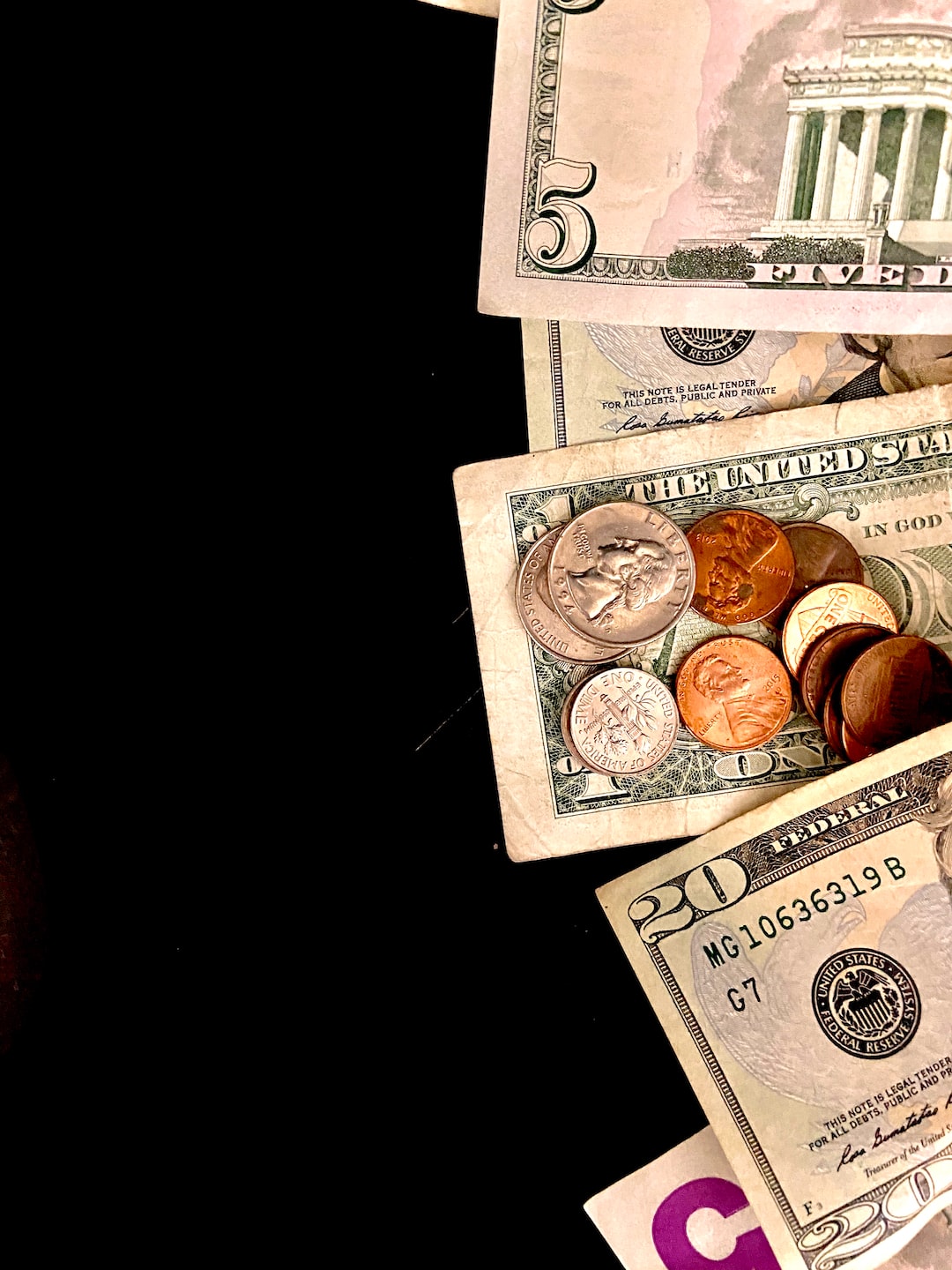Forex or foreign exchange is a decentralized market where the currencies of different countries are traded against each other. The forex market is the largest financial market in the world with a daily turnover of more than $5 trillion. Forex prices or exchange rates are determined by the forces of supply and demand. The exchange rates fluctuate constantly due to various factors that affect the supply and demand of currencies. In this article, we will discuss the major factors that drive forex prices.
1. Interest Rates
Interest rates play a crucial role in determining the forex prices of a country. The central banks of each country set the interest rates that affect the borrowing and lending rates of that country’s currency. When a country’s interest rates are high, investors tend to invest in that country’s currency to gain higher returns. This increases the demand for that currency, leading to an appreciation in its value. On the other hand, when a country’s interest rates are low, investors tend to move their investments to other countries with higher interest rates, leading to a depreciation of its currency.
2. Economic Indicators
Economic indicators such as GDP, inflation rate, employment rate, and trade balance have a significant impact on forex prices. A country with a strong economy and positive economic indicators tends to attract more foreign investors, leading to an increase in demand for its currency. Conversely, a country with weak economic indicators and a struggling economy may see its currency depreciate due to a lack of foreign investment.
3. Political Stability
Political stability is another crucial factor that affects forex prices. Political uncertainty, instability, and unrest can lead to a decrease in demand for a country’s currency, leading to a depreciation in its value. On the other hand, a stable political environment can lead to an increase in demand for a country’s currency, leading to an appreciation in its value.
4. Geopolitical Events
Geopolitical events such as wars, natural disasters, and terrorist attacks can have a significant impact on forex prices. These events can cause uncertainty and volatility in the markets, leading to a decrease in demand for a country’s currency, leading to a depreciation in its value.
5. Market Sentiment
Market sentiment or investor sentiment refers to the overall attitude of investors towards a particular currency. Positive market sentiment can lead to an increase in demand for a currency, leading to an appreciation in its value. Conversely, negative market sentiment can lead to a decrease in demand for a currency, leading to a depreciation in its value.
6. Central Bank Intervention
Central banks can also intervene in the forex market to influence the value of their currencies. Central banks can use various monetary policy tools such as interest rate changes, quantitative easing, and currency interventions to influence the supply and demand of their currencies.
In conclusion, forex prices are determined by a complex interplay of various factors, including interest rates, economic indicators, political stability, geopolitical events, market sentiment, and central bank interventions. To be successful in trading forex, it is essential to understand these factors and how they affect currency prices. Forex traders need to stay up-to-date with the latest news and events that can impact the forex market to make informed trading decisions.





